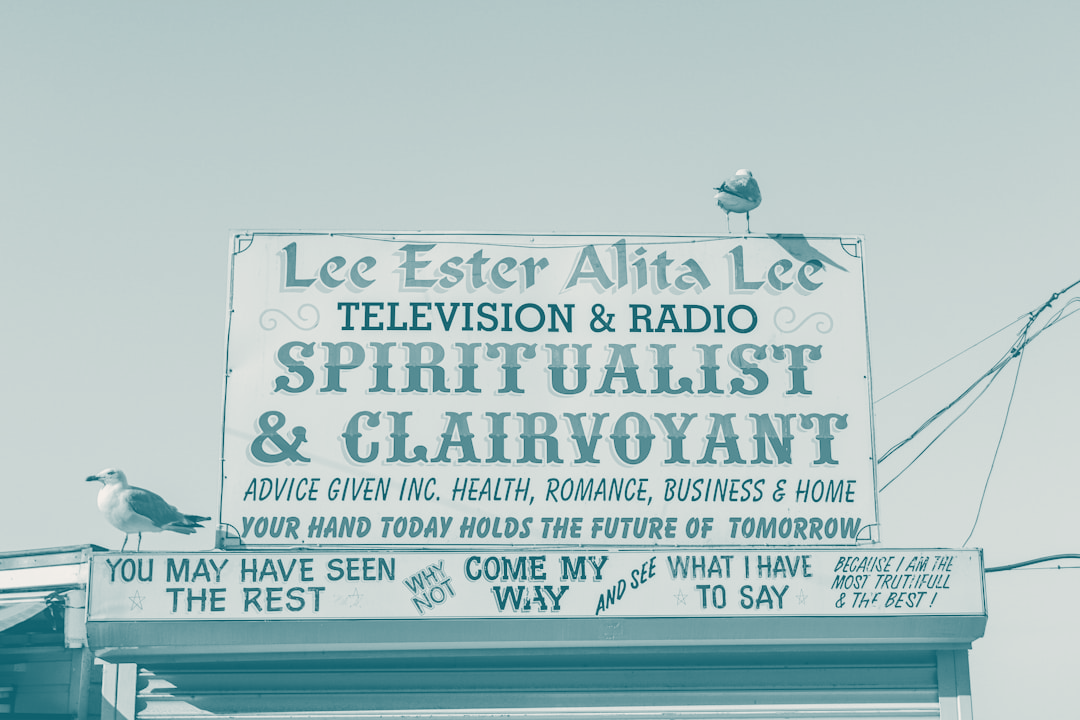If collaboration is the engine of modern growth, honesty is the oil that keeps that engine from seizing.
Working as a fractional CMO drops you into every corner of the marketing triangle. One day you’re ironing out commercial pressures with the leadership team; the next you’re reviewing concept decks with an agency that (clearly) still hasn’t figured out exactly what the client actually does. From that vantage point a pattern emerges: progress stalls less from incompetence and more from mis‑read expectations.
Take a recent quarterly review. The client opened with revenue gaps and runway worries; the agency countered with click‑through graphs and a neatly edited showreel. Both cases were logical, neither was aligned. I then spend most of the hour translating, reminding one side why the other cared and vice‑versa. After the call, my notebook was full of the same recurring pinch‑points I’ve seen (and been on both sides of) for twenty years.
Those notes are observations offered so the next time we gather together, whether in a boardroom or on Teams, hopefully we can start from common ground rather than from scratch. For the benefit of you dear reader, I offer them for your review:
Agencies, You’re Not the Protagonist: You’re the Supporting Cast
Think about the last week from your client’s perspective. Between investor calls, system outages, and a CFO who wants the marketing budget halved on a whim, they gave you (at best) five minutes of focused thought. The 2024 IPA Agency Census confirms the intuition: when asked to rank external partners by perceived impact on revenue, agencies averaged seventh place, wedged between “IT support” and “office coffee supplier.” Put bluntly, you are not the main character in their story, and swagger won’t change that. What will move the needle is disciplined relevance, showing up with insight so sharp it slices through the noise of their day.
That starts by ditching the interchangeable sales veneer. A parade of identical showreels and acronym‑laden methodologies (“Our patented SLURRRP™ framework…”) only strengthens the suspicion that agencies are commodities. Differentiation can’t be a slogan, it has to be the lived experience of working with your people. Gallup’s 2023 State of the Global Workplace draws a straight line from employee engagement to client retention. In plain English: invest disproportionately in the humans behind the work, because that’s what clients bond to. Your culture is the product, and it ships with every Slack message, every Figma link, and every “quick call?” calendar invite.
Culture, however, is fragile. I’ve seen agencies blame Zoom fatigue, Gen‑Z “entitlement,” or the looming spectre of AI for morale issues that are, in reality, management failures. Promotion shouldn’t be confused with leadership; senior creatives who blossom in solitude often wither when forced into people‑management. If you want a quick barometer, look at staff churn on key accounts. Anything above ten percent a year and you’re haemorrhaging the very asset clients pay for.
Finally, let’s address the shiny robot in the room. Everybody is experimenting with generative AI; me included. The trust damage happens when you pretend otherwise or use it as a margin‑padding sleight of hand. Be explicit: this portion of the storyboards came from Midjourney, this media plan was stress‑tested in Harvey. When clients understand the process, they evaluate outputs on merit rather than paranoia.
Measure What Matters: And Show Your Homework
The quickest way to transcend commodity status is to prove impact in the language of the C‑suite. Yet in the ANA’s 2024 Transparency Report, 61 percent of marketers said their agencies “failed to connect creative metrics to commercial results in a convincing way.” Solution: bake a learning agenda into every SOW. Define the decisions your work will inform, not just the KPIs it will hit. Present the dashboard before you present the creative. Vanity metrics keep egos happy; impact metrics keep businesses alive.
Brand Marketers, the Brief Is Your Contract (Tip: Write It Like One)
If agencies suffer from main‑character syndrome, many brand teams wrestle with its mirror opposite: the temptation to abdicate responsibility the moment the SOW is signed. The most effective safeguard against disappointment is a written brief—yes, even for the “quick banner resize.” In research conducted by the World Federation of Advertisers last December, over 70 percent of agencies cited poor briefs as the single greatest barrier to first‑round approval. A half‑page that clarifies objectives, audience tension, and success metrics beats a 30‑minute Zoom brain‑dump every day of the week.
Feedback, too, needs guardrails. You are not the consumer, unless you happen to be a 28‑year‑old vegan sneakerhead in Berlin, maybe ease up on the “I don’t like green” hot‑takes. Use data to anchor opinions: customer verbatims, brand‑tracking deltas, conversion gaps. And before you forward that 17‑thread email chain of contradictory internal comments, remember that consolidating stakeholder input is your job, not the agency’s unpaid admin.
Budget and timeline trade‑offs are another point of chronic ambiguity. The old “fast, cheap, good: pick two” triangle persists because physics hasn’t changed. Be explicit about which corner you’re willing to sacrifice. Equally, telegraph the stakes. Is this campaign a board‑level KPI or just tidying loose ends before quarter‑close? Agencies want to align resources to impact, but they can’t triage without your candour.
And yes, your covert personal goals matter. Do you crave an industry award, a promotion, or simply not getting fired after last quarter’s supply‑chain fiasco? Tell the agency. Experienced partners can angle creative strategy toward juries or CFOs, but only if they know the real score.
The Hidden Cost of Unpaid Pitches
Here’s a stat to print out and stick on the procurement office wall: according to the IPA, the average midsize agency sinks £35,000 in people‑hours into every competitive pitch, much of it at weekends. Add opportunity cost, and the number doubles. Unpaid pitches aren’t a badge of competitiveness, they’re a talent tax that ultimately inflates your hourly rates. Pay for discovery or scope a paid pilot; you’ll attract better thinking and sleep easier knowing your NDA isn’t subsidised exploitation.
Transparency also extends to AI use on the brand side. If ChatGPT drafted half the brief, flag it. Agencies can then spend less time decoding fuzzy prose and more time solving the actual problem.
Shared Metrics and Mutual Accountability
Top‑performing partnerships insist on a single source of truth; call it a “growth cockpit,” call it a “north‑star dashboard,” just make sure both sides see the same numbers at the same cadence. A 2024 Effie Worldwide study of 250 award‑winning campaigns found that 82 percent operated with a joint scorecard accessible to agency and brand in real time. Correlation isn’t causation, but it’s suggestive: when everyone is staring at the same flight instruments, turbulence becomes data, not drama.
Agree upfront on what constitutes success and, equally important, on what triggers a course correction. If a metric flat‑lines for two reporting cycles ensure the team fixes things immediately. This culture of rapid‑response experimentation turns tension into creative fuel rather than evidence of a fuck up.
Turning Tension Into Traction: A Joint Operating System
When the relationship sings, agency and client behave less like buyer–supplier and more like product co‑founders attacking a shared market gap. Based on dozens of partnerships I’ve facilitated, three habits distinguish the high performers:
- Respect scarcity of attention. Replace the obligatory showreel or “brand manifesto” preamble with a single slide of piercing insight. Earn the next thirty minutes.
- Institutionalise the brief. Use a mutually agreed two‑page template—objective, audience tension, assets, measures, constraints. No work starts until it’s signed.
- Run quarterly ‘Ways of Working’ retros. One hour, agenda circulated in advance, cameras on, brutal honesty encouraged. What processes bogged us down? Where did we exceed expectations? Capture actions, assign owners, follow up.
These rituals sound simple; sustaining them isn’t. But embed even one, and the tenor of your next campaign will shift perceptibly—from transactional to collaborative, from finger pointing to joint problem‑solving.
Marketing is a team sport played across corporate boundaries. Agencies bring pattern recognition from dozens of categories; brand marketers bring institutional knowledge and the political capital to activate bold ideas. The friction between those vantage points can light sparks of breakthrough creativity, or start wildfires of mistrust. Which outcome you get hinges on how ruthlessly both sides confront the hard truths spelled out above.
So print this article, highlight the section that stings the most, and make it the agenda for your next agency or client meeting. Discomfort today is cheaper than disappointed shareholders tomorrow.
Need a referee, or a reality‑check call? Drop me a line as this is what I do.


